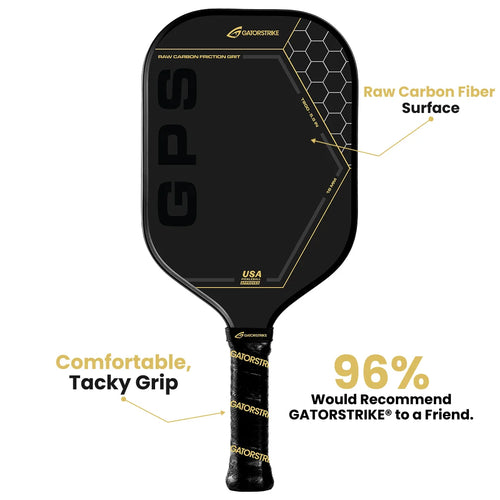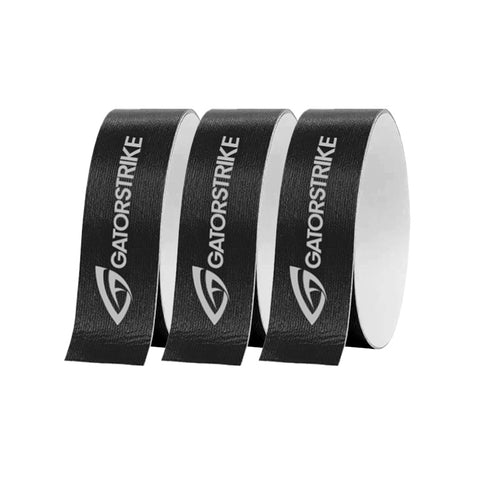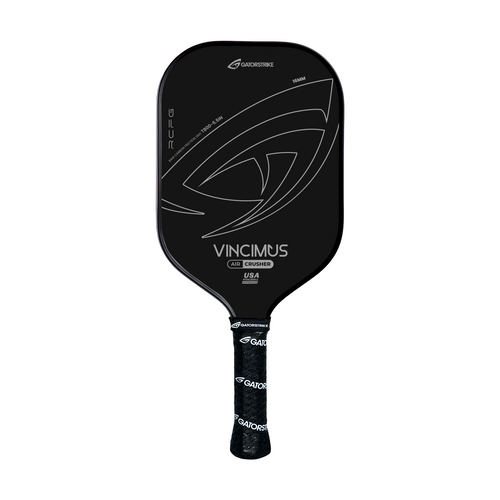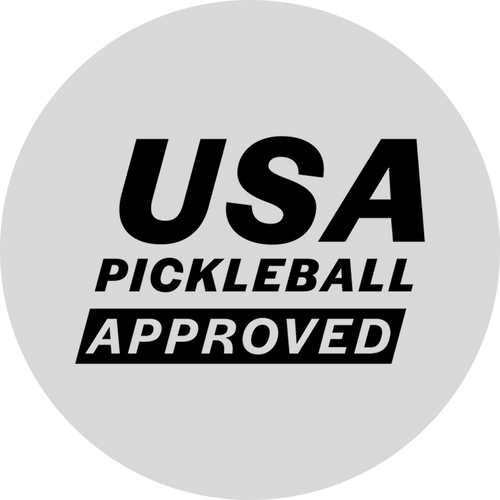
Eco-Courts & Sustainable Play: Green Developments in Pickleball Facilities
Share
As pickleball swells in popularity, its environmental impact comes under increasing scrutiny. Fortunately, eco‑friendly innovations in court construction and facility management are emerging across the globe, helping transform pickleball into a more sustainable sport.
1. Green Court Materials & Construction
Recycled rubber and plastics are gaining traction as cushioned underlayers or modular tile surfaces. These materials reduce landfill waste while providing a comfortable and durable playing surface.
Certified acrylic coatings (low-VOC, Green Wise certified) are ideal for both indoor and outdoor courts—offering UV resistance, reduced environmental emissions, and longevity .
Permeable pavements, made from recycled concrete or rubber, improve drainage, decrease runoff, and reduce reliance on chemical sealants .
Modular tile systems constructed from recyclable polypropylene allow for repositioning or repurposing, cutting down surface waste and renovation costs .
2. Energy-Wise Infrastructure
Switching to LED and solar-powered lighting significantly lowers energy usage. Some facilities integrate motion sensors to activate lights only when courts are in use.
In certain climates, renewable energy sources, such as solar arrays, contribute to powering pickleball venues and reduce carbon footprints.
3. Water Management & Landscaping
Opting for native plants in landscaping reduces water consumption and fosters biodiversity around courts.
Some facilities employ rainwater harvesting or site-sourced irrigation to sustain landscaping without tapping into municipal supplies .
4. Equipment & Waste Reduction
Manufacturers now offer sustainable paddles made from bamboo or recycled wood and recycled-carbon fibre options, reducing reliance on virgin composites.
Recyclable or biodegradable pickleballs are entering the market, and many courts implement collection programs to repurpose used balls into crafts or training tools .
Promoting reusable water bottles, installing proper recycling and compost stations, and minimizing single-use plastics uphold sustainable habits among players and spectators.
5. Facility Case Studies
Elitecourt offers indoor courts with ITF-classified sustainable acrylic flooring, combining performance with low-toxicity and long service life .
At large venues such as Texas Pickle Hall in San Antonio, facility designers prioritize climate-controlled environments and sustainable building techniques to support community-driven play.
In Sydney, Pittwater RSL proposed converting rooftop parking into pickleball courts, including acoustic barriers and eco-conscious construction as they seek planning approval.
6. Organizational & Community Initiatives
Some clubs are raising awareness through eco-education, hosting sustainability-themed tournaments and publishing guidelines on green court management .
Facilities are adding recycling stations, compost bins, and water-reuse systems—creating an eco-savvy player base and positioning clubs as local environmental catalysts .
Benefits of Eco-Courts
-
Fiscal responsibility: LED lighting, durable surfaces, and reduced water use imply lower long-term operating costs .
-
Athletic health: Non-toxic court coatings benefit players’ long-term physical comfort and safety.
-
Environmental stewardship: Sustainable materials and renewable energy usage demonstrate a commitment to reducing the sport’s carbon footprint .
-
Community pride: Clubs that go green foster local goodwill and can attract eco-conscious sponsors and members.
Challenges to Overcome
-
Initial costs for green materials and systems can be higher, although offset by reduced maintenance and energy expenses over time.
-
Material availability varies by region, requiring thoughtful sourcing and planning.
-
Education and buy-in from stakeholders are essential—they must understand the benefits and support greener approaches.
A Greener Future Serves All
Eco-courts and sustainable practices are rapidly reshaping pickleball from the ground up. Through green materials, energy-efficient infrastructure, water-smart landscaping, and responsible gear use, the pickleball community is redefining how the sport can coexist with ecological responsibility.
Facility operators, clubs, and players now have the blueprint to advance this transformation. By championing sustainable development, we ensure pickleball remains a sport that invigorates the planet as much as it energizes its players.
Let's take this green serve together—a small change on court can lead to a monumental impact on the environment.

















